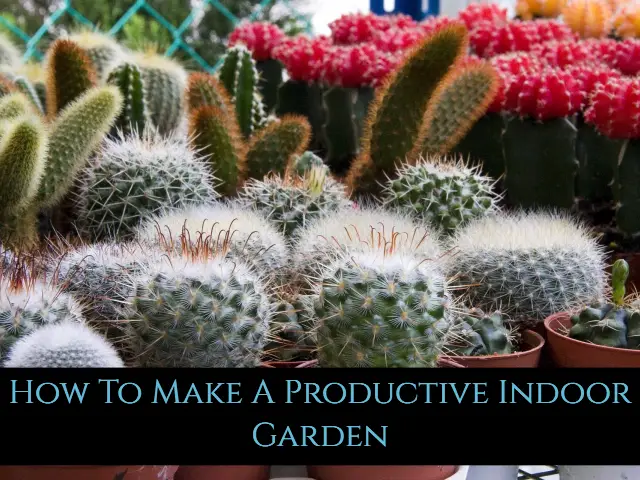In this husting city life of ours it is often very difficult to get any time with nature! It has become even less likely for us to get that wonderful walk in the garden because of diminishing green spaces in the city limits. The concrete jungles are taking over whatever remains of the green city areas.
So, one of the remaining options for city dwellers like us is to have an indoor garden. Now trust me managing and maintain an indoor garden is no easy task but if done right, it will certainly enhance your city life! You could definitely do with a cool fresh breath of your indoor garden air.
So here are some tips on how you can start off with your very own indoor garden.
1. Select the right plants!
Since you might be a little busy with your work, it is better to start off with healthy and low-maintenance plants. Once you get the hang of it you can migrate towards other kinds of plants. Some easy to grow plants include Snake plant, Chinese evergreen, Cacti and succulents. If you want to try some herbs and vegetables, then you can try lettuce, beans, oregano, basil and thyme.
Whatever plant you choose, inspect it before you take it home. Some of the clear indicators are budding and flower blooms, drooping or wilted leaves and visible pests. If you ae a beginner it is best to take some advice from a nursery professional while selecting an indoor plant to suit your needs.
2. The space matters too.
A city apartment comes in different shapes and sizes. Sometimes you have a balcony and sometimes you don’t. Limited space should never prevent you from starting your indoor garden. It simply means that you will need to be selective when choosing plants for your garden. If you just have a window sill for your garden, then you can try a small terrarium. It will be a great addition to your home and would not need much space. But if you have a larger house and have enough room, you can try growing a vertical garden. It will definitely add a wonderful touch to your interiors.
Don’t be afraid to try out new places. Just try to choose spots with lots of light and open air.
3. Control the lighting and water.
Lighting can sometimes be a problem for indoor plants. Low light can make them droopy and they will soon start wilting. A way around this problem is to use artificial lighting. Fluorescent light tubes are one of the cheapest and effective ways to solve lighting problems.
When it comes to watering the plants, it is better to not be in the extremes. Too much water will erode the soil and too little of it will lead to wilting. A nice way to go about it is to use ice cubes to control the water flow and seepage. Watering through drips or shower system are also great alternatives.
You can check out Lumigrowth for efficient lighting solutions.
4. Choose the right fertilizers.
Fertilizers help your plant to grow healthier and provide it with the necessary nutrients. For your indoor gardens I would not suggest using chemical fertilizers. Instead take the green way by using bio compost. It is organic and does not contain any harmful chemicals.
For making the compost you can use your daily organic kitchen waste. Your plants will truly thank you for giving a thought to the planet’s green future!
5. Guard your plants against pests!
Pests are some of the biggest problem while gardening. You might initially ignore them, but they spread like forest fire and very soon your beautiful garden would be in ruins.
Check your plants weekly for any pest indicators like sticky substance, discolorations and holes in leaves. As soon as you notice it immediately isolate that plant and preferably throw it away. Remember it is better to remove the individual plants rather than losing your entire garden for them!
6. Prune, groom and repot.
It is important for you to constantly keep pruning your plants. This will help your plant in its healthy growth. Removal of dead foliage will give space for new budding.This will keep the plant clean and prevent the danger of pest attacks.
And if the plant starts to become bigger than what the pot can hold, it is better to repot it. There are some easy signs for this which include exposure of roots and reduced growth. Be careful while repotting the plant to minimize damage to the roots of the plant.
Whether big or small, having your own patch of green space will always bring a smile to your face. You will love taking care of your plants, watching them slowly grow into a bigger version of themselves. Growing your own indoor garden is a great hobby and might even become your passion further along.


Leave a Reply
You must be logged in to post a comment.